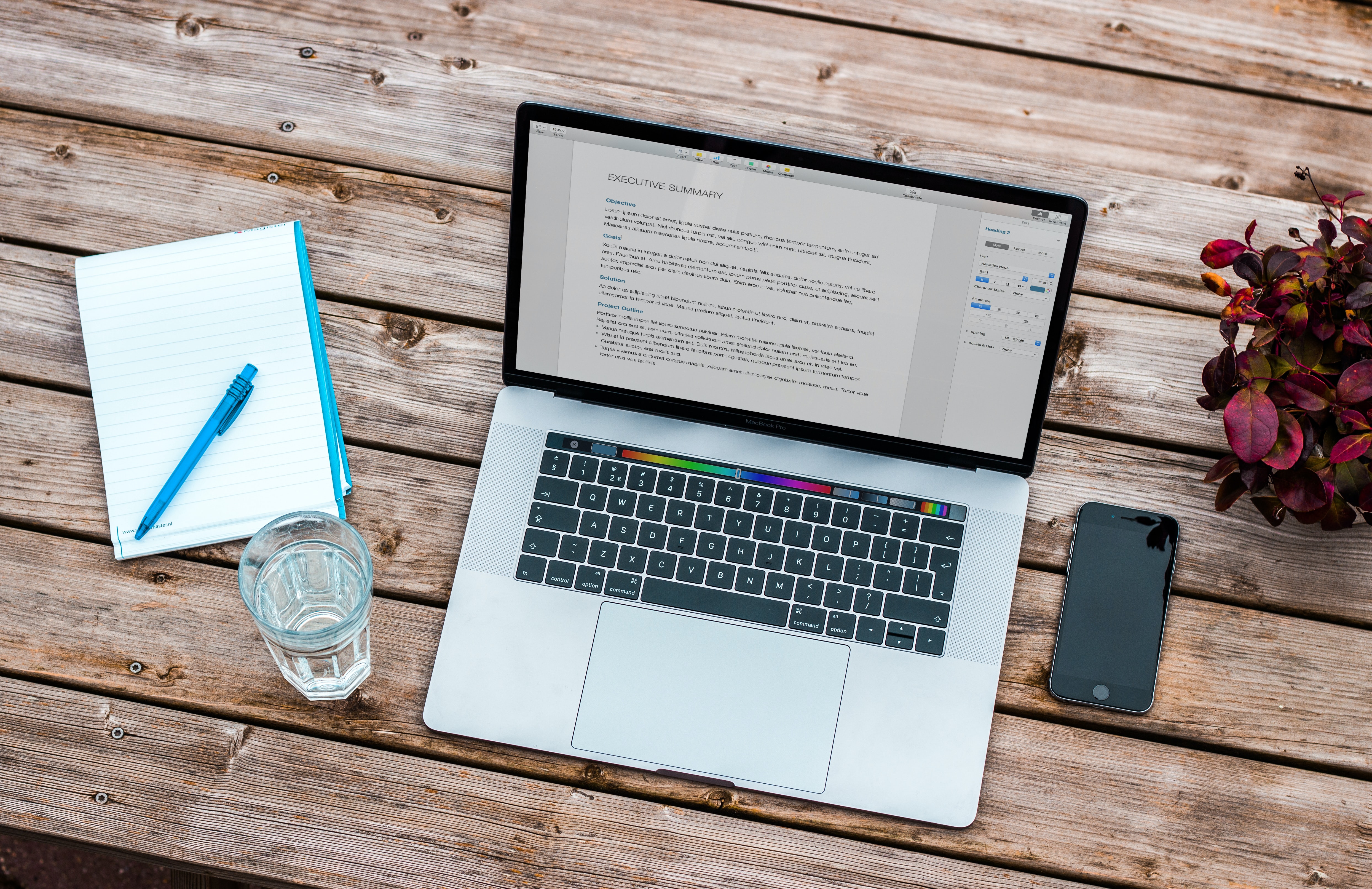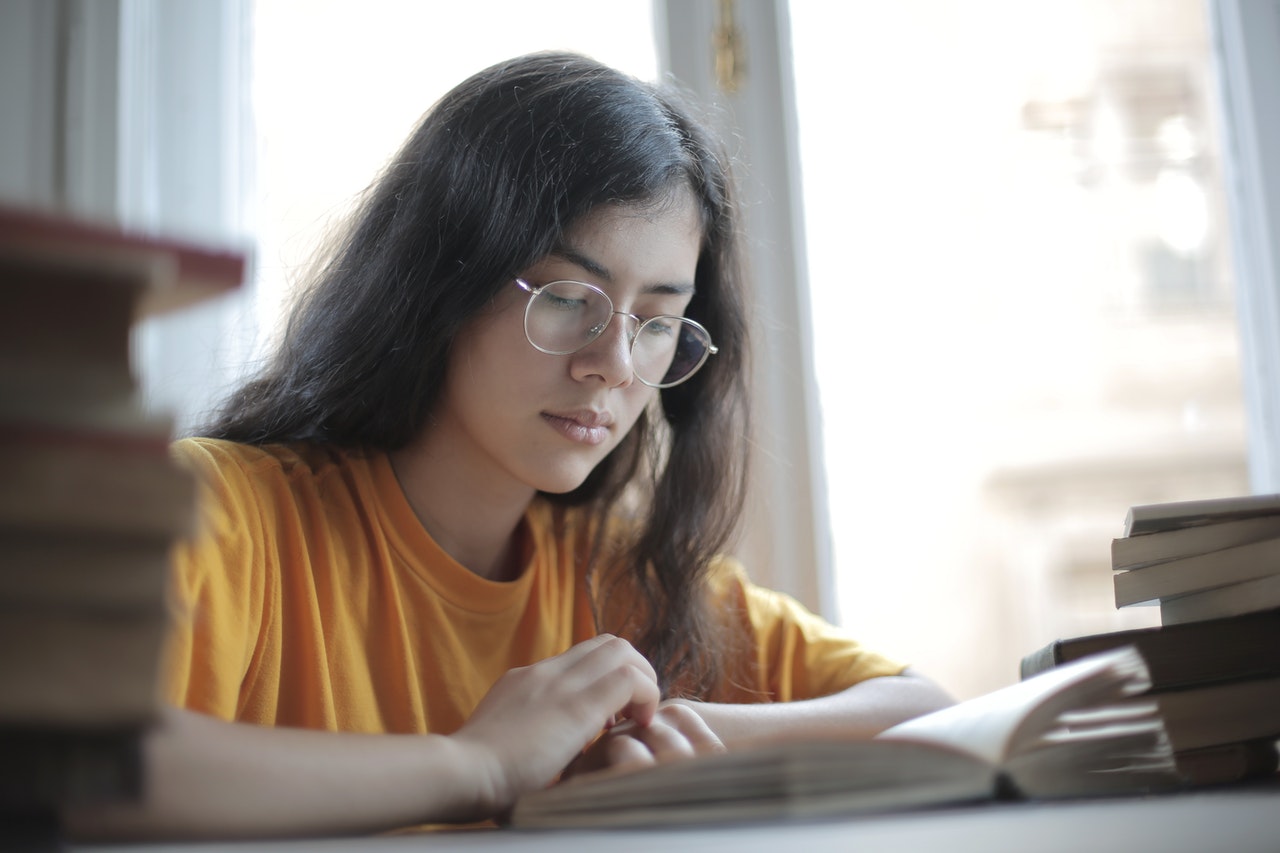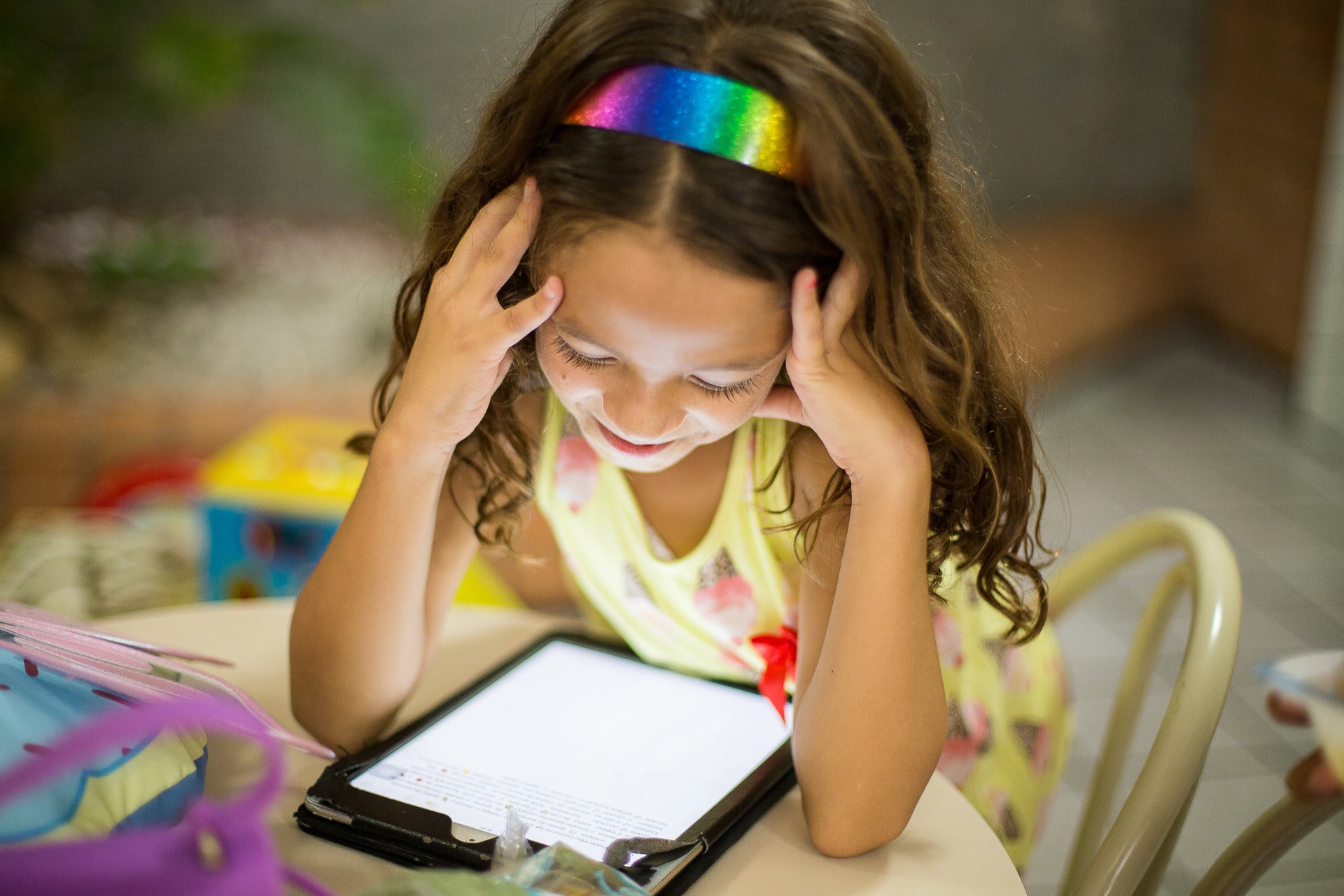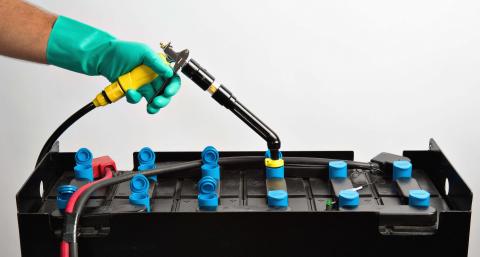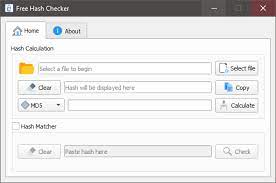How To Apply the Universal Design For Learning In the Classroom
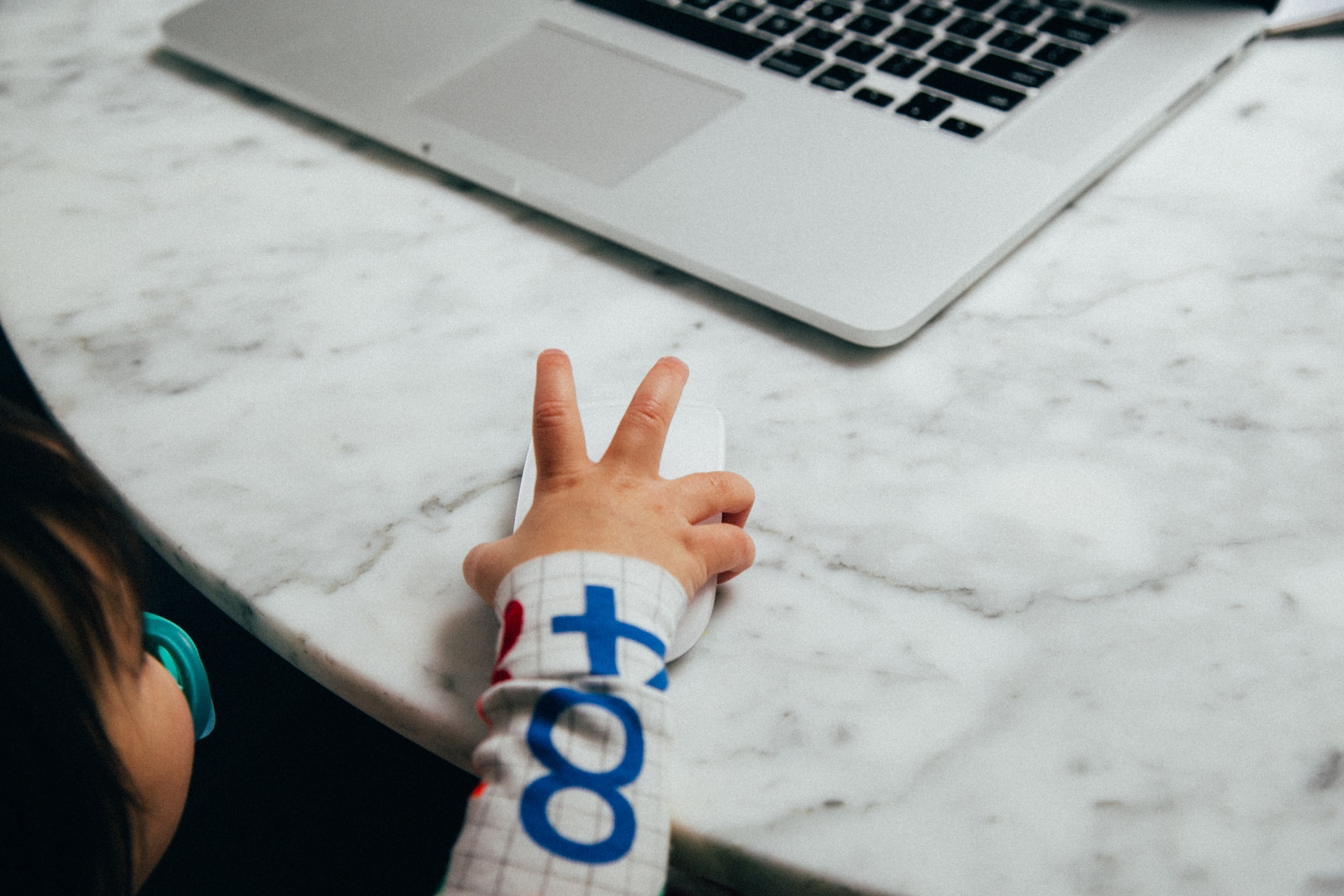
A universal educational design revolves around using various teaching methods to prevent any barriers in the classroom. This design gives all students equal opportunities to succeed academically. In other words, students with different learning abilities and styles will all feel satisfied when studying at school.
If you are a teacher who is considering incorporating a universal design into your classroom, you have come to the right place. In this article, we will be discussing everything that you need to know about how you can apply the universal design for learning.
Use Various Apps, Tools, and Resources
One significant difference between many students out there is that some can learn without additional resources, while others require extra time and practice. For example, many students study better when taught using apps and other advanced educational tools, such as YouTube or Pedagogue.
Pedagogue is a new social learning management system that allows teachers to organize and manage their teaching material online, providing students with a central location for accessing learning content. Also, educators can use this platform to communicate and collaborate with students from remote areas.
In other words, they can hold online classes and lessons via video conferencing calls and audio chats. This feature can be used to provide students with additional support after school hours.
Make Your Assignments and Projects Versatile
You should incorporate various types of assignments and projects in your syllabus. For example, do not merely assign your students a writing task, limiting the skills and knowledge you are testing. Try using a few oral or creative projects – this will cater to all students’ needs, instead of just those who are good at writing.
Incorporate Group and Solo Work
Some students work better on their own, while others prefer group projects and assignments. If you want to cater to all of your students’ strengths and needs, you should find a way to incorporate both solo and group work into the syllabus.
Group work can sharpen the children’s communication and collaboration skills, while solo work is excellent for developing their problem-solving skills. If you want to apply the universal design into your classroom, you will need to incorporate both learning styles.
Concluding Thoughts
A universal educational design revolves around using various teaching methods and styles to prevent any barriers in the classroom. In other words, all students, no matter their learning differences, will be provided with the same opportunities to succeed when studying at school.
If you want to incorporate the universal design into your classroom, you should use various apps, tools, and resources when teaching your students. More so, you will need to grade your students based on various types of projects and assignments. Lastly, you should incorporate both group and solo tasks into your syllabus.

